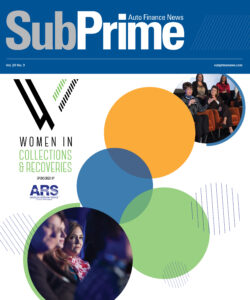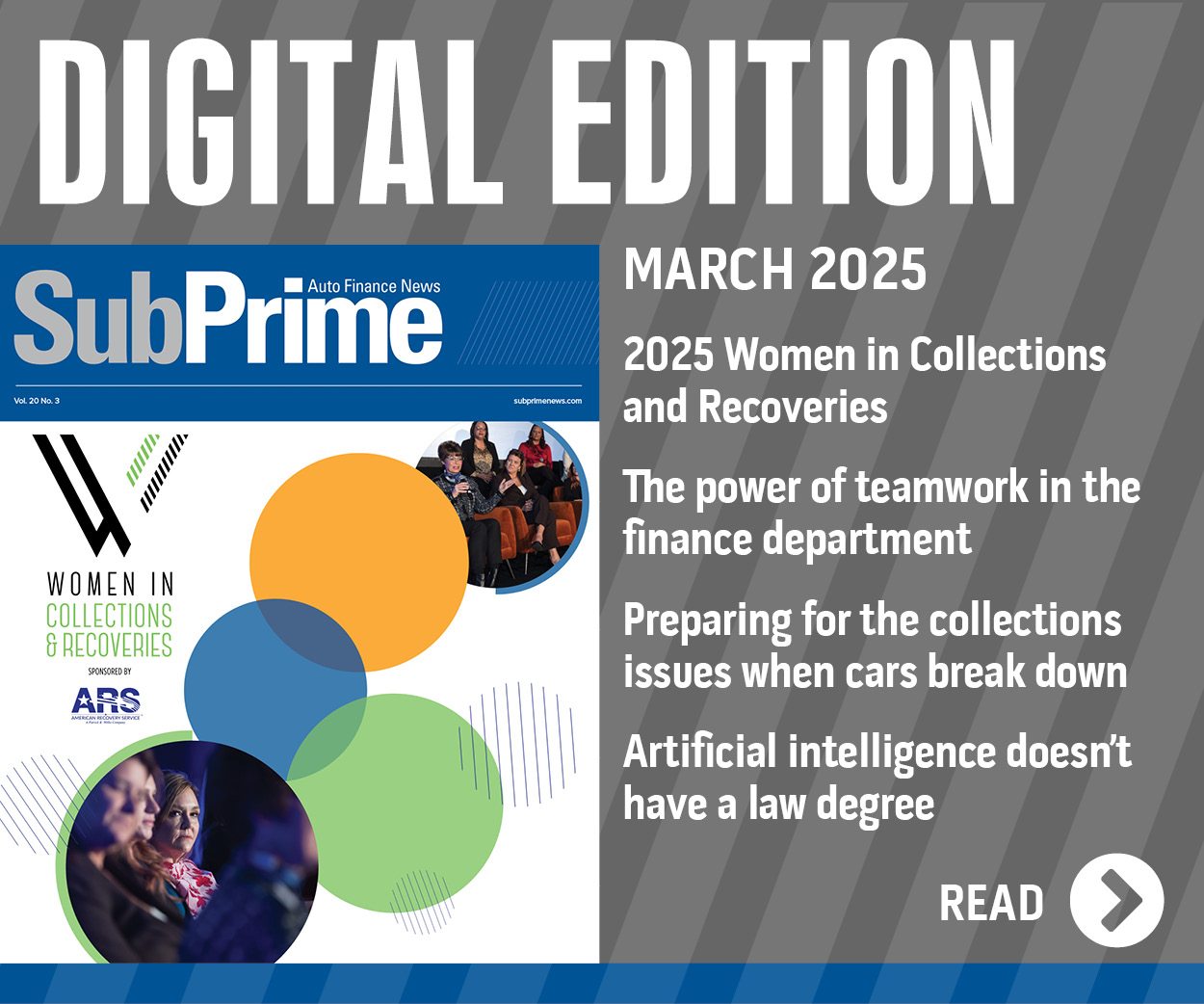S&P Global Ratings explains why impact on auto finance is more insulated compared to other sectors after natural disasters

Chart courtesy of the National Centers for Environmental Information (NCEI).
The National Centers for Environmental Information (NCEI) said the 24 confirmed weather disaster events so far this year — including hurricanes Helene and Milton, as well as other storms and a wildfire event — created losses exceeding $1 billion each in the United States.
And CARFAX estimated that the 2024 hurricane season has resulted in approximately 347,000 vehicles with flood damage so far.
What do those figures mean for auto financing? S&P Global Ratings examined the situation through the prism of structured finance, sharing its analysis of automotive asset-backed securities with Cherokee Media Group.
Analysts said last week that they currently believe that hurricanes Helene and Milton are unlikely to lead to auto ABS rating downgrades, “based on our assessment of transactions with meaningful concentrations in Florida.”
However, S&P Global Ratings did identify 25 “at-risk” auto securitizations.
The firm defined those securitizations as having approximately 30% or more of the closing collateral pool balance associated with contract holders in Florida.
Within that group, S&P Global Ratings determined 19 of the transactions are collateralized by prime credit quality assets, while the remaining six are backed by subprime collateral.
“Seasoned prime and subprime transactions have robust structures and credit enhancement buildups, which shield them from extensive losses,” S&P Global Rating said.
Analysts pointed out that natural disaster collections policies often mean that finance companies will likely grant payment deferrals to those who have been affected by the hurricanes and live in areas defined as disaster locations by the Federal Emergency Management Administration (FEMA).
“As such, there is likely to be a temporary increase in delinquencies and extensions from October to December for those transactions with a significant concentration in the FEMA-declared areas of Florida,” S&P Global Ratings said. “Because the transactions have reserve accounts, and all collections, including principal, are available to pay bond interest, liquidity risk is largely mitigated. Further, one to several months of cushion are added when testing for legal final maturity dates.”
Analysts reminded other industry observers that finance companies often require contract holders of financed vehicles to have comprehensive vehicle insurance, which typically covers flood damage, at the time of origination.
“There is a risk that some borrowers — especially those with poor credit quality — could cancel or fail to renew their insurance policies after closing,” S&P Global Rating said. “To address this risk, some lenders force-place insurance on the underlying vehicles (usually at the expense of the borrower).
“We expect prime obligors with strong credit profiles to maintain a high degree of insurance coverage, further mitigating potential losses in the 19 at-risk prime auto ABS transactions,” the company continued. “Further, some borrowers (particularly in the subprime space) have guaranteed asset protection insurance, which pays the lender the difference between the financed amount and the insurance proceeds.”
While S&P Global Ratings gave a somewhat upbeat assessment of the automotive sector, NCEI officials acknowledged that tabulating total loss figures from hurricanes and other disasters can be tricky.
“The billion-dollar disasters product is intended to show the impact of extreme weather and climate events on the economy in inflation adjusted dollars,” officials said in their newest update. “We cannot control how others use the product, but we consistently note that disaster impacts are a combination of increased risk and the possible impacts of climate change.
“For example, the increase in population and material wealth over the last several decades are an important cause for the rising costs,” they continued. “These trends are further complicated by the fact that much of the growth has taken place in vulnerable areas like coasts, the wildland-urban interface, and river floodplains. Vulnerability is especially high where building codes are insufficient for reducing damage from extreme events. This is part of the reason that the 2010s decade is far costlier than the 2000s, 1990s, or 1980s (all inflation adjusted to current dollars).”

 View The Latest Edition
View The Latest Edition

